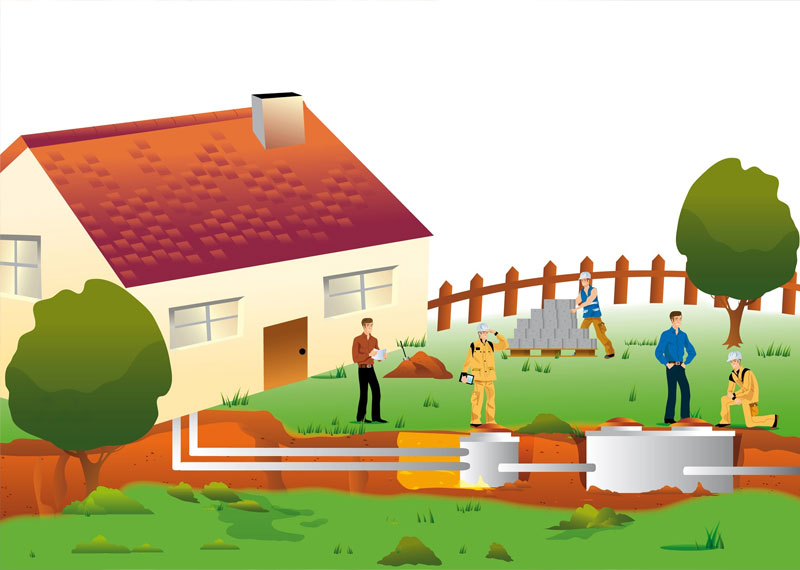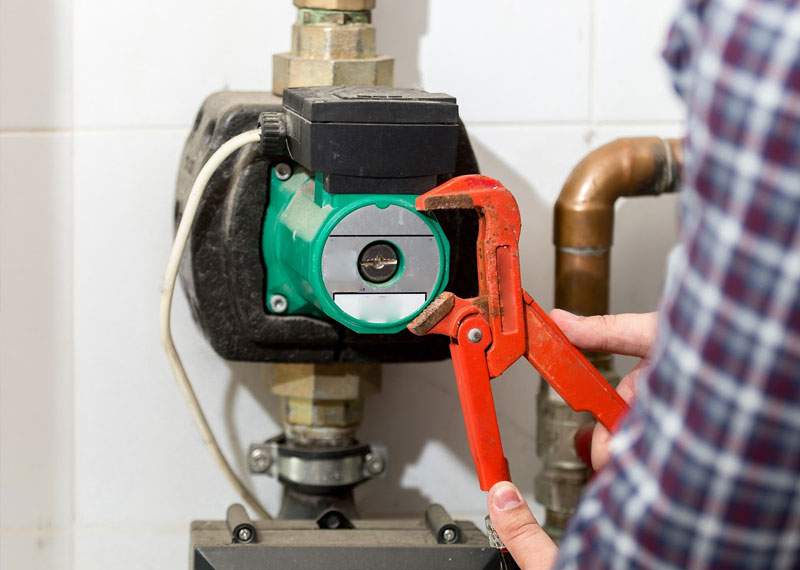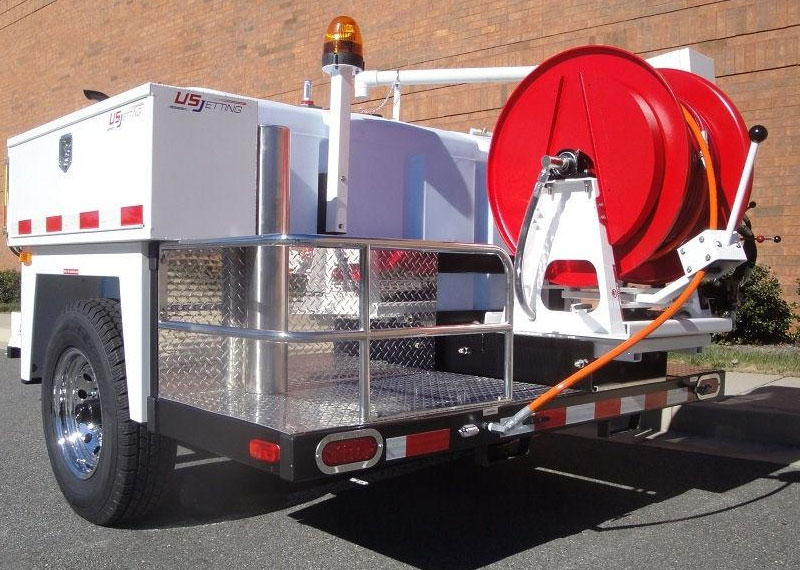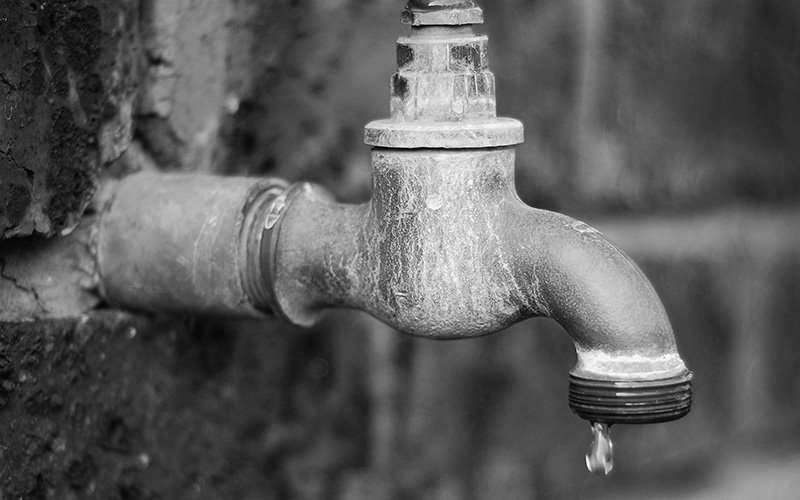
Winter brings with it many fun and wonderful activities — snowball fights, sledding, building snowmen and drinking hot chocolate. Unfortunately, these simple joys coincide with cold temperatures, treacherous roads, dead car-batteries and damaged shingles. While many of the problems winter throws at us remain beyond our control, avoiding damage to your home from frozen pipes simply requires taking a few precautions.
When the temperature drops into the single digits, the water in your pipes solidifies, causing pipes to expand. In some cases, this expansion causes pipes to burst, generating thousands of dollars in water damage. Along with paying to replace the busted pipe are the additional costs of warped wood, damaged furniture and mementos and possible mold infestation.
To prevent frozen pipes, take these simple precautions:
- Keep The Heat On: As one of the busiest times of the year for travel, winter sends families away from home for days or weeks at a time. It can also be one of the most expensive times of the year forcing many homeowners to try to save money by turning down or even completely shutting off their heat while out of town. This mistake likely costing more money when they finally return home. Keeping the temperature of a house five to ten degrees above freezing will help to ensure returning to sound home.
- Insulate Exposed Pipes: Insulating exposed pipes prevents them from freezing, especially in attics and basements where your heating system often barely reaches. Wrapping pipes in heating tape or filling the spaces around them with insulation keeps them warmer than the surrounding air. When using heating tape, remember to follow the instructions and keep it away from flammable materials.
- Let Faucets Drip: Allowing faucets a slow drip may seem counterintuitive to saving money, but serves as a great strategy to prevent pipes bursting. Leaving a faucet slightly open gives the system an outlet to relieve pressure if the pipes freeze.
When enjoying the winter months this year, stay safe and protect your home from costly damages due to frozen pipes. Simple precautions taken before the temperature drops reduces the likelihood of a cold weather disaster.
For more information about prepping your pipes for winter from the experts at Rapid Plumbing & Drain Service, please contact us here or call us directly at 800.937.5667.
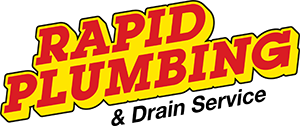
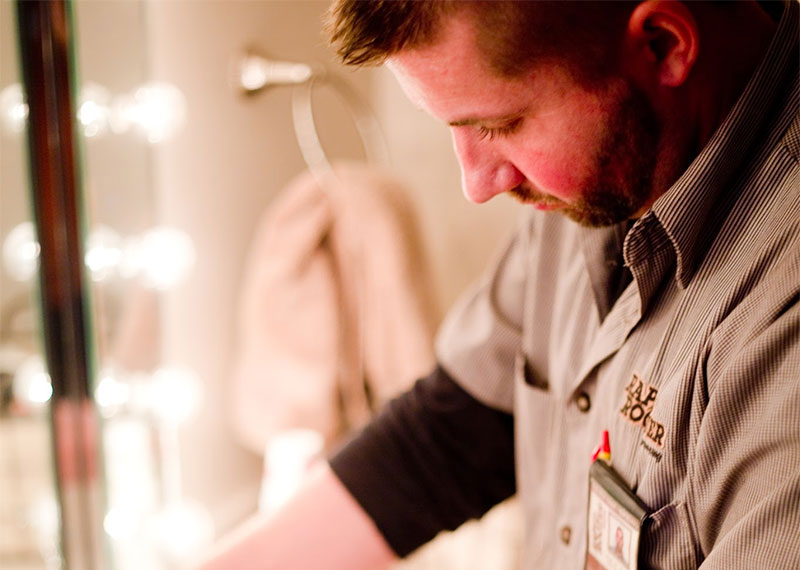
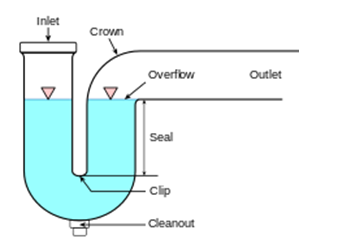 Most smells in a drain originate from the p-trap. This bend in the pipe collects water, which prevents sewer gases from escaping through the drain and into your home. If there’s a leak or not enough water in the p-trap, those gases pass through the drain and into your house. Substances like toothpaste and hair also get caught in that bend, and the subsequent buildup causes a substance called biofilm to form.
Most smells in a drain originate from the p-trap. This bend in the pipe collects water, which prevents sewer gases from escaping through the drain and into your home. If there’s a leak or not enough water in the p-trap, those gases pass through the drain and into your house. Substances like toothpaste and hair also get caught in that bend, and the subsequent buildup causes a substance called biofilm to form.